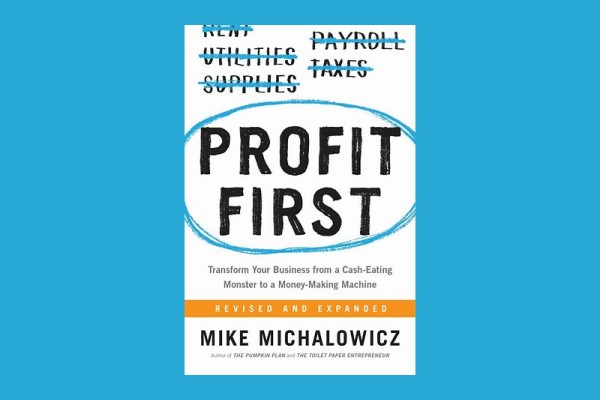MY BOOK LIFE
"Profit First" by Mike Michalowicz
October 4, 2024
Overview
In Profit First, Mike Michalowicz challenges traditional accounting practices with a bold new approach: prioritise profit over expenses. The book introduces the “Profit First Formula”—Sales minus Profit equals Expenses—flipping the conventional method on its head. Michalowicz argues that by setting aside profit first and managing the remainder, business owners can break free from the cycle of feast and famine while building sustainable, financially sound businesses.
What makes Profit First stand out is its practical, no-nonsense advice tailored to entrepreneurs who struggle with cash flow management. From setting up separate accounts for profit, taxes, and expenses to controlling spending through predefined limits, Michalowicz’s system is both simple and effective. The book is packed with humour, real-world examples, and actionable steps, making it accessible even for those who dread spreadsheets. It’s an empowering guide for any business owner looking to achieve financial stability while ensuring their business works for them—not the other way around.
Key Themes
- Profit First Formula: Sales – Profit = Expenses, a shift from traditional accounting to prioritise profitability.
- Bank Balance Accounting: Leveraging psychological tendencies to manage cash by allocating funds into dedicated accounts.
- Expense Discipline: Enforcing tighter control over spending by working within predefined limits.
- Profit as a Habit: Instilling the habit of prioritising profit, no matter the size or stage of the business.
- Real-Time Financial Clarity: Using the system to instantly understand the financial health of your business without complex reports.
- Sustainability: A mindset shift from chasing revenue to focusing on creating a profitable, sustainable business.
My Takeaways
Reading Profit First was a turning point in how I approached financial management in my businesses. Like many entrepreneurs, I often found myself prioritising everyone else—team members, suppliers, clients—while neglecting myself and my family, which were the very reasons I started my businesses in the first place. Michalowicz’s system of setting aside profit first, before handling expenses, allowed me to not only reap personal rewards but also drive greater overall profitability for the company.
The concept of “bank balance accounting” resonated deeply, as it simplified financial management and made it easier to stick to. That said, I don’t fully agree with the idea that profit should always come above all else. During leaner times, like those the UK has experienced since 2020, protecting the business has occasionally required dipping into those profit reserves. For me, Profit First is about balance: it’s a framework that ensures profitability and sustainability without losing sight of the big picture. It’s a practical, empowering system, but like any framework, it needs to be adapted to fit the realities of each business.
